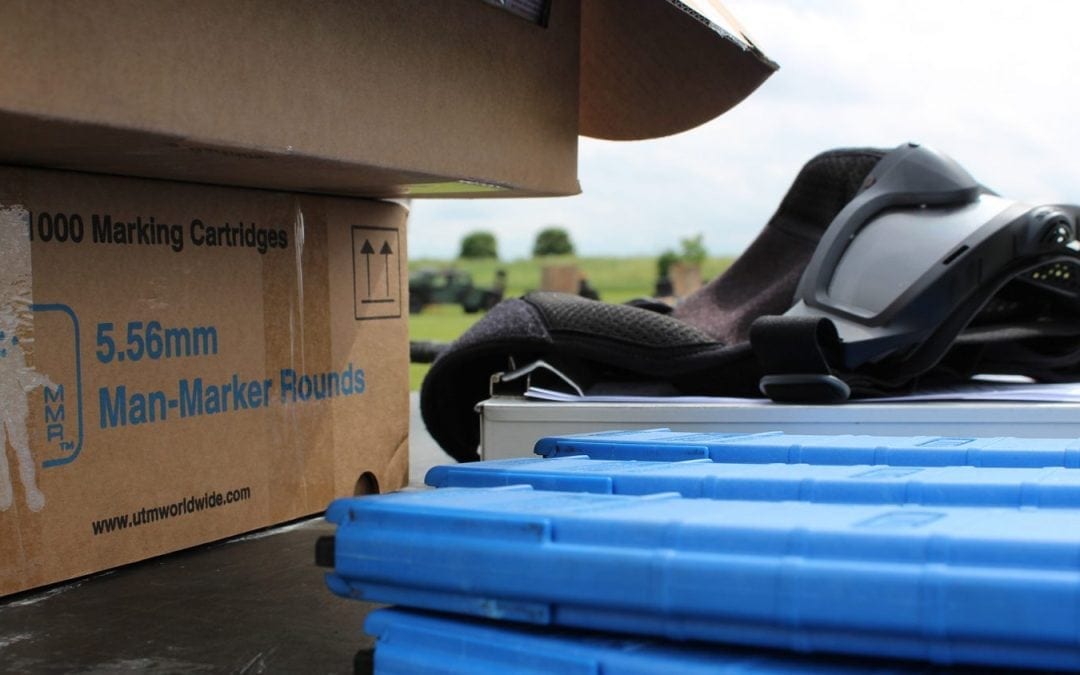Active Threat – Administrative Lecture
An active shooter event, as defined by the U.S. Department of Homeland Security, is one where an individual is actively engaged in killing or attempting to kill people in a confined and populated area. In most cases this involves the use of a firearm by the shooter and there is no pattern or method to the selection of victims once the shooting starts. It is an unpredictable, violent and rapidly evolving situation and the need for prior preparation among civilian, security and Law Enforcement personnel alike cannot be overstated.
The history, increased frequency and risk of an active shooter event has changed the paradigm for training, tactics and strategies among first responders and Law Enforcement as well as identified the critical importance of education and awareness among civilians.
Topics to include but not limited to:
- History and background of active shooter/active threat events
- Psychology of the “shooter” and how it relates to your response
- Predator vs Prey mindset – fear management
- Preparation prior to an event ” Forewarned is Forearmed and “The battle is won before it begins”
- Levels of Security (Prevention, Education of staff, Awareness and response, Pre-incident indicators)
- Coordination of plans with state and local Law Enforcement (LE), Medical personnel, Fire Rescue
- Levels or Response (armed vs unarmed, LE and security responses, traditional vs non- traditional
- Environmental Considerations (consolidation points, isolation strategies, evacuation and medical treatment areas)
- Order of priorities during and active threat
- “In the aftermath of an event” – dealing with the psychological cost of active shooter experience
- Question and Answer – Open Discussion
PROGRAM DETAILS
Course Costs: Call for pricing or let us customize a program for your agency or unit (International scheduling may incur additional costs).
Course Length: 4 Hours
Attendance Requirements: Management, Command, civilian staff, armed or unarmed security
Facility Requirements: Auditorium or Large Classroom.


